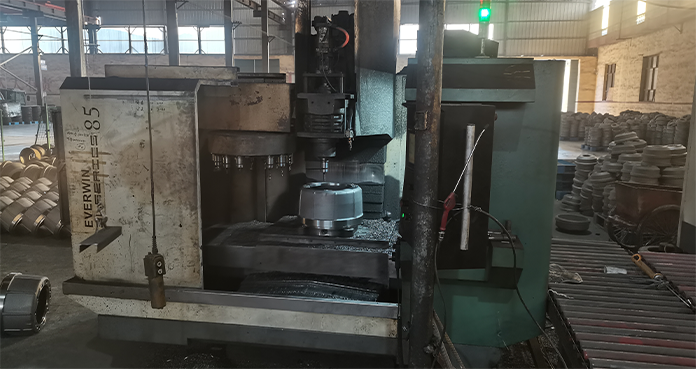अगस्ट . 18, 2024 06:00 Back to list
When to Replace Your Brake Drums for Optimal Vehicle Performance
When to Change Brake Drums A Comprehensive Guide
Brake drums are an integral component of the braking system in many vehicles, especially those with drum brakes on the rear wheels. Proper maintenance and timely replacement of these essential parts are crucial for ensuring optimal braking performance and safety. In this article, we will discuss when to change brake drums, including signs of wear, maintenance tips, and the implications of neglecting this critical component.
Understanding Brake Drums
Brake drums work in conjunction with brake shoes to facilitate the braking process. When the brake pedal is pressed, the brake shoes expand against the inner surface of the drum, creating the friction necessary to slow down or stop the vehicle. Over time, the constant friction generates heat and wear, causing the drums to become less effective.
Signs That Indicate It's Time to Change Brake Drums
1. Unusual Noises One of the first indicators that brake drums may need replacement is the presence of unusual sounds. If you hear grinding, squealing, or a metallic noise when applying the brakes, it could indicate that the brake shoes are worn down, and the drum's surface is being compromised.
2. Vibration or Pulsation If you experience vibrations or pulsations in the brake pedal when braking, this can signal that the brake drums are warped or unevenly worn. This not only affects the vehicle's performance but can also pose a safety risk.
3. Decreased Braking Power A noticeable reduction in braking effectiveness can suggest that the brake drums are worn out. If the vehicle takes longer to stop than it used to, it’s essential to have the braking system inspected immediately.
when to change brake drums

4. Visual Inspection Regular visual checks of the brake drums can help detect any signs of wear, such as cracks, deep grooves, or discoloration. If any of these issues are present, it’s best to have the drums replaced.
5. Mileage and Maintenance Schedule Many manufacturers recommend replacing brake drums after a certain number of miles, often between 30,000 to 70,000 miles. Always refer to your vehicle's maintenance manual for specific recommendations.
Steps to Take If You Suspect Worn Brake Drums
1. Consult a Professional If you notice any signs of wear or hear unusual noises, it’s vital to consult a qualified mechanic. They can perform a thorough inspection and recommend whether the drums need replacement or if the brake shoes are the issue.
2. Regular Maintenance Adhering to a regular brake maintenance schedule can help catch potential issues before they escalate. This includes periodic inspections, adjusting the brake system, and replacing worn-out components.
3. Consider Upgrading If you’re frequently experiencing brake issues or if your vehicle has a long history of braking problems, it might be worth considering an upgrade to enhance braking performance. Performance brake drums are available that offer better heat dissipation and longevity.
Conclusion
Changing brake drums is crucial for vehicle safety and performance. Ignoring the signs of wear can lead to compromised braking efficiency and potentially dangerous situations on the road. By staying vigilant, performing regular maintenance, and understanding the right time to change brake drums, drivers can ensure their vehicles operate safely and effectively. Always prioritize a professional assessment if any symptoms arise, as it is better to be proactive than reactive when it comes to brake safety.
-
Brake Drum Man - High-Quality Drum Brake Drums & Brake Shoes for Reliable Performance
NewsJun.24,2025
-
High-Quality Brake Drum Kamaz – Durable Drum Brake Drum & Brake Shoe Replacement
NewsJun.10,2025
-
High-Quality Brake Drum Liza for Drum Brake Systems - Superior Durability and Performance
NewsJun.10,2025
-
High-Quality Brake Drum Kamaz – Durable Drum Brake Drum & Brake Shoe Solutions
NewsJun.10,2025
-
Durable Kamaz Brake Drums High-Performance Truck Parts
NewsJun.09,2025
-
Premium Brake Drum Maz Kit with Shoes Enhanced Braking
NewsJun.09,2025
